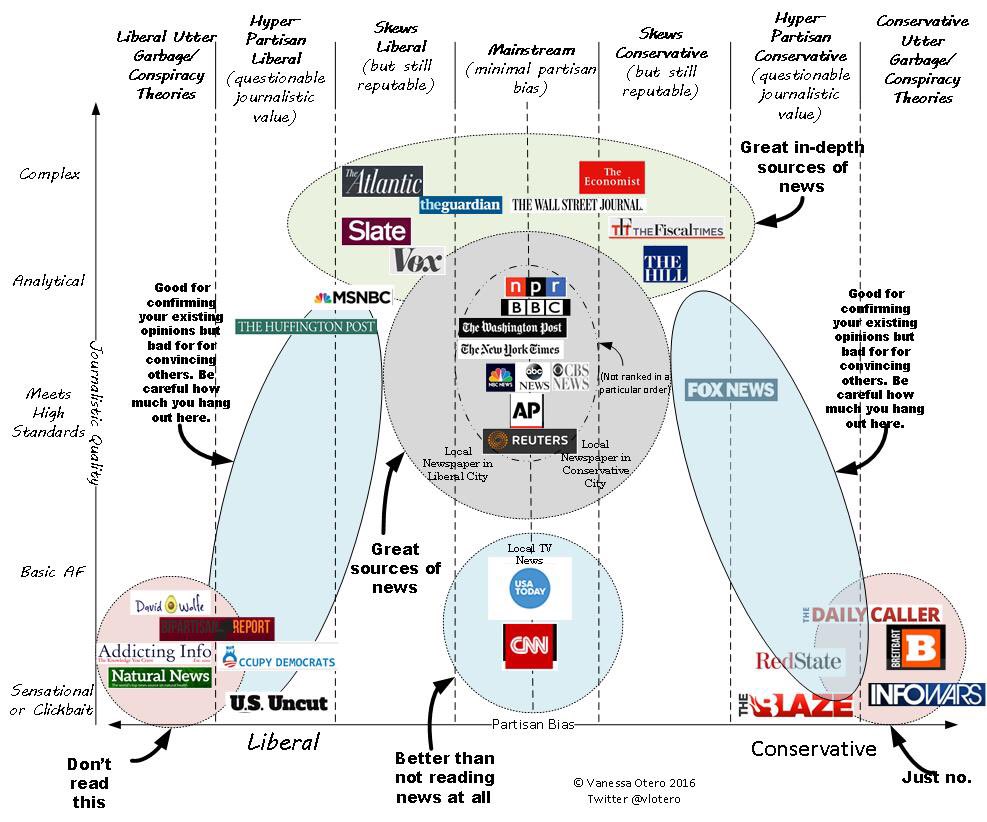We need to have a plan for judging how the new administration moves forward and how to voice our support or dissent. In order to do this effectively, we need to decide what's important to us, how to judge whether the government is moving in the right direction, and then how to move forward with what we know.
Why should we decide what's important to us? As I tell my students, I am a history and government teacher who gets paid to watch this stuff and I still can't keep up with it all. The Representatives and Senators all have staffs with specific areas of focus to keep an eye on all the different issues and concerns. We private citizens need to focus on what's most important to us and go from there because it's much more manageable and we'll be much more effective.
How do we decide what's important? We used this KQED resource in my classes to help the students decide. It has the general Democratic and Republican stances as well as how the American people feel about nine different issues. If you're still not sure what's most important to you, try I Side With to gain some depth on the issues.
Regarding the issues, how many should be important? I stress to my students that 1-3 is ideal as one issue is probably too few and will over-focus us on just one issue and more than three issues will stretch us to the point of not being able to really focus our time and energy and allow us to understand what's happening with these issues.
So, now how do we find out if the government is doing what we want it to do on the issues that are most important to us? We need to follow a range of news sources that give us a fully formed understanding of what and how the government is doing what it's doing. Let's start with this graphic by Vanessa Otero (@vlotero--she also gives us an excellent rationale behind the chart HERE ):
As you can see, the graphic has a vertical axis which rates the journalistic quality and a horizontal axis which rates the partisan bias. Ideally, we'd all have the time and inclination to read ALL the sources in the top two, middle groups to have both excellent daily news sources and in-depth sources on the longer term issues. However, as we don't really have the time to focus on more three issues, how are we going to read ALL the BEST news sources? Short answer, we're not. We don't have the time!
How do we follow our news sources? I use Twitter and have used Facebook. In short, I suggest social media. Twitter is my chosen source as it's organized by the latest sources first and I can always go to a source's individual feed and see if there's anything I missed. I can also use the excellent search features by hashtags and by keywords.
Which ones should we follow? Well, what do you like? I like to read, but I also like visuals and interactives as I'm a teacher and I'm often looking for current events for my students, so I lean toward print media first and then I go from there. The New York Times, Washington Post, PBS, and NPR are my first sources for national news. I also go to the San Francisco Chronicle, the LA Times for a California perspective on big stories and of course California stories. From there, I follow the Fresno Bee for local news as well as the Modesto Bee and Sacramento Bee for Central Valley news and California state news.
Those are my starting points. What you need to do is make sure you understand how you like to consume your news. Do you like to read? Do you like visuals? Do you like interactives? Do you like video? Check out the different sources from the graphic or from the list above and find out what medium is your favorite and go from there.
Another emerging helpful source for news is YouTube. You can find daily videos from the major national news sources on YouTube, but the locals are a little less reliable and often are more off beat and human interest. The national and international news sources are good and getting better but the locals are hit and miss. Here's a list of what I've found of the best, The New York Times, Washington Post, PBS Newshour, NPR, The Economist, Reuters, and the Associated Press.
Now we have our issues and we've found news sources to keep an eye on how the government does or doesn't do what we want. How do we do something with what we know?
As political scientists say, there are conventional and unconventional forms of political participation and having our voices heard. For today's post, we'll deal with the conventional forms of communication. We have the most basic, voting, and then we go from there to calling and writing our representatives. The best source for finding the contact information for our elected state and federal representatives is Common Cause. The three best ways to let your elected representatives know how you feel is to either make a phone call to their district or state office or to send them a snail mail letter or a personal email to their district or state office. The local offices get much less traffic and your phone call will be answered by a human and your letter will be read and will get a response. The visual below from the Philadelphia Inquirer illustrates these ideas.
What should we do, call or write? From what I've heard from Congressional staffers, the representatives and aides respond to those types of communication that show more effort and thought. They definitely don't pay much attention to online petitions, Tweets, and Facebook as much as those forms of communication are much more easily sent and often sent in the heat of the moment without much thought.
The next post will cover the next two aspects of this political conversation, when should we communicate our ideas and attitudes and what to do beyond calling or writing our representatives.
Thank you for reading and please let me know what you think. As always, Learning is My Business...
Check these sources for more on how to contact our representatives:








This comment has been removed by a blog administrator.
ReplyDelete